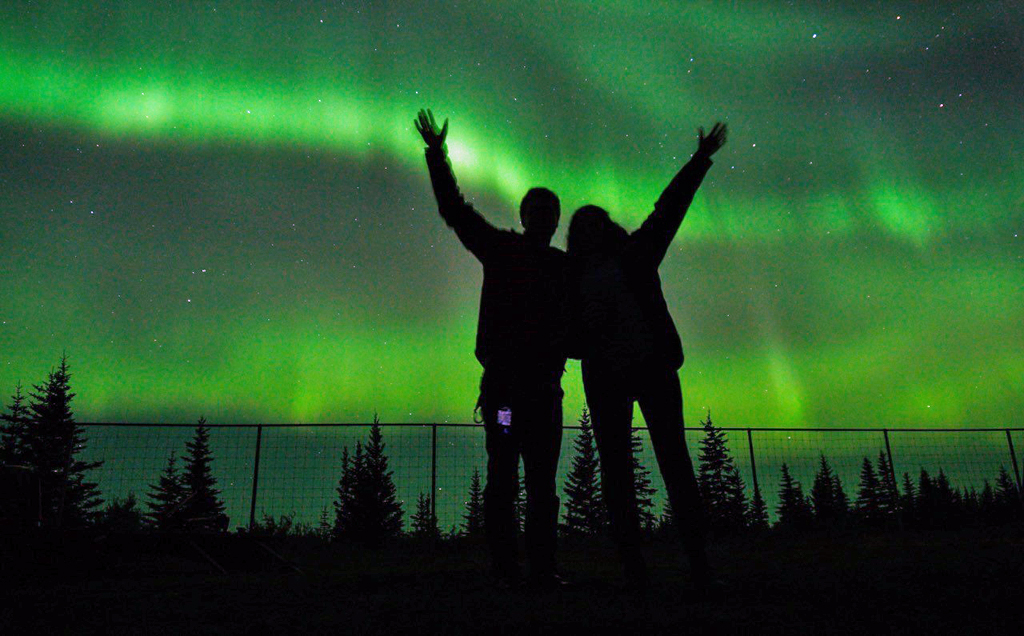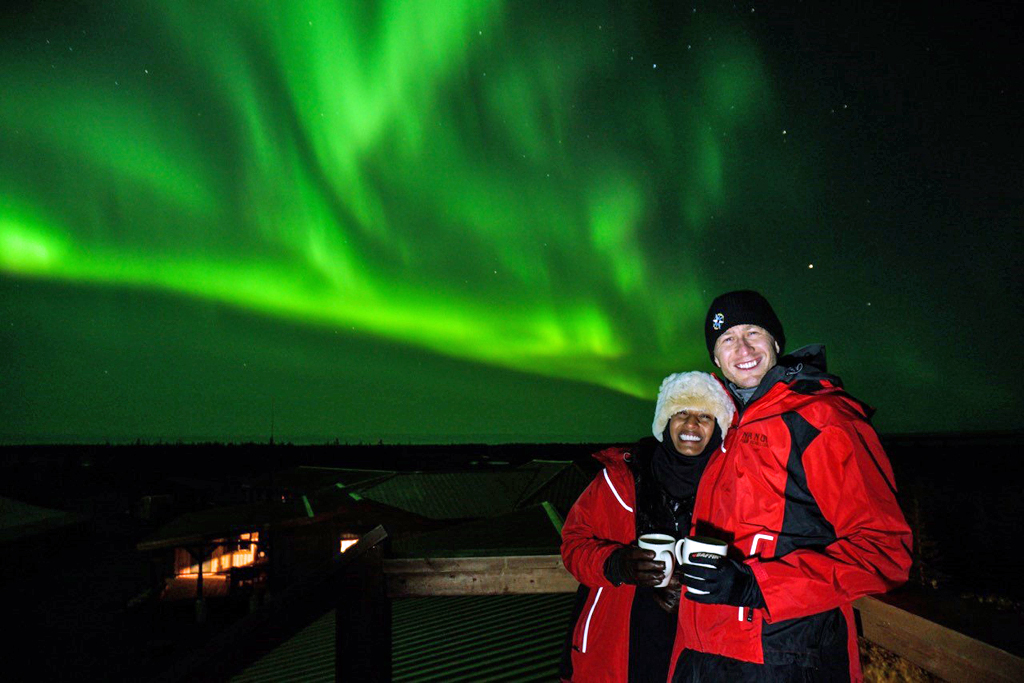by Paul Scriver, Churchill Wild Polar Bear Guide
Many guests come to the Churchill Wild lodges for the polar bears and the pure wildness of it all, but they are still surprised by the scenery, the landscapes and the magical moments that can and do occur in the Canadian subarctic. One of these bits of magic is the chance to view the northern lights/aurora borealis.
Below are some quick tips from our guides on viewing and photographing these mystical and mesmerizing dancers of the night sky.
Come when it’s dark.
If seeing the northern lights is a priority for you, visit the lodges when it is supposed to be dark! Although the summer months offer beautiful sunsets, prolonged by a low angle of the sun’s arc at high latitudes, short nights and not much actual “darkness” limit your chances to see the northern lights. Planning your trip any time after late August will give you the best chance of seeing these magnificent ribbons of light.
Study your camera manual.
Have a quick read through of your camera’s manual. Your guides, photo leaders, or helpful new friends can help you set your camera up to capture the lights, but these shots take some experimenting. Knowing your camera and how to change the aperture, shutter speed, ISO/sensitivity and switch it to manual focus is a good start.
Bring a wide-angle lens.
It doesn’t have to be fancy, but the telephoto lens you have packed for wildlife might restrict your ability to capture the lights. A lens hood or shade will also help with the condensation that happens above zero.
Use a tripod.
Any time you are shooting under 1/60 of a second, even the steadiest hand will cause some blur in the photo. While you still may be able to see some lights on your images, they will not appear as crisp as they would if you were using tripod. If you just want to grab a quick snap, try setting the camera on a railing or propping it up on a bag.
Be patient.
The lights can be out for 30 seconds or three hours. If the “lights-are-out” call comes, make sure to get bundled up and head outside to see them.
Be prepared.
You likely won’t be functioning at 100 percent in the middle of the night. Set up your camera each night in advance so that all you’ll need to do is walk out and say, “Wow this is amazing!” and click the shutter.
Ask your guides.
If you need further assistance photographing the northern lights, the guides at the lodge can help you. They will all have tips like having a strong foreground for scale, playing with light painting to get self portraits of you in front of the lights, and much more. And for more tips on photographing polar bears at ground level, click here.
Lights are out! Here we go!










